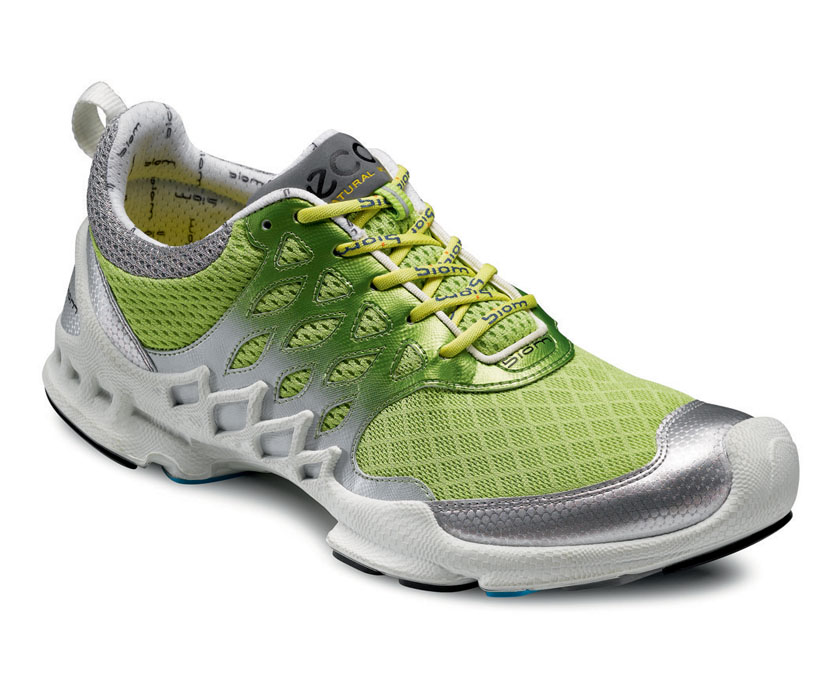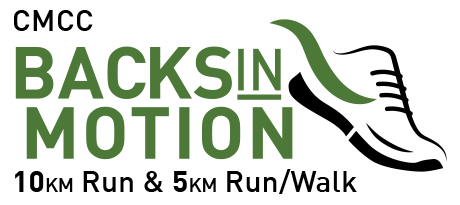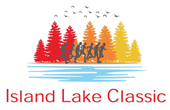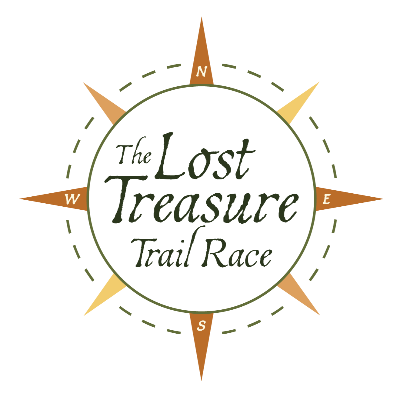The Preamble
To run barefoot, or pay $220 plus tax for a shoe that emulates the same thing? That is a good question.
I received a pair of Ecco running shoes courtesy of my age prize at the B&O Yorkville 5k (race report coming soon). After receiving their coupons, the age winners had to make their way over to the Ecco tent and make their choice then and there. So amidst much chaos and confusion I selected a pair of Ecco Biom A shoes like the ones in the picture. The other two choices were the Biom B and Biom C models.

I took the shoes and extra pair of insoles that came with them (a nice touch, but more on this later). I didn’t take the shoe box which likely contained detailed instructions on how to start running in them. I also selected Euro size 41, although my size 9 Mizunos show Euro 42 as the equivalent. I tried the Biom’s in 42 and they were huge.
Those familiar with minimalist running know that transitioning from traditional cushion shoes to minimalist is a process of patience and small steps. It is learning to run all over again, to rediscover your “natural motion”. Mechanics need to change, muscles and tendons need to strengthen. Getting into Ecco’s Biom shoes is therefore a big decision. Are you willing to make the investment in both time and dollars?
The Biom C model has the most cushioning and is intended for occasional runners with paces less than 8 min/km. The Biom B model has reduced cushioning and is for male and female fitness runners with paces less than 6 min/km. The Biom A model has essentially no cushioning and is for serious male runners with paces faster than 4 min/km. Ladies, you read that right. The Biom A is essentially a competition shoe for men.
Next day I wore my prize around the office which is carpeted. The lack of cushioning went unnoticed. The brilliant lime green colour definitely was. After work, I was quickly out the door for a 10k post-race recovery run. After a few good strides I immediately knew what these shoes were and just how minimalist they are. When I got back from my run, I downloaded the “training guide” Ecco recommends that you follow in order to start running in them. A 10k run first time out in these shoes? This could have been a big disaster. Thank heavens I had finally learned to run in my Mizuno Wave Ronins.
How odd it is. My Ronins killed me frequently over the past year as I tried to get used to them. Now they are my favourite and most comfortable speed shoe. Now I have the strength to run in almost anything. Those Ronins earned my age prize today. From Mizuno comes Ecco. An interesting turn of the tables. Mizuno has scaled back their support of “average” runners and races. Yet the last thing I ever received from good Arnold (Mizuno’s rep) is now my weapon of choice for middle distance races.
The tactics that finally got me racing in my Ronins are spelled out nicely in Ecco’s training manual. In summary, Ecco recommends wearing the Bioms around for half days, followed by short runs every few days lasting no more than 20 minutes, and then gradually building up number of days and then run time. Paces are to be kept slow at first and then gradually increased. Although not mentioned anywhere, it seems abundantly clear that new minimalist runners (regardless of present pace capability) should start off in the Biom B model due to the slower paces, and then progress to the Biom A only when ready to fly. That is almost $500 (taxes in) for two pairs of shoes.
The exception would be runners who have already established a strong minimalist running form. Nonetheless, there should be warning tags all over the Biom A shoes such as “READ INSTRUCTIONS PRIOR TO USE”.
On that note, closer inspection of the insoles revealed the following wording: “Competition” on one pair and “Training” on the other. The training insoles are low density thin foam. No cushioning here; they are meant to train your feet to strike lightly. The competition insoles, which I was running in, actually have higher density 1 mm thick foam. This provides a bit of cushion when fatigue sets in on race day.
OK, after all that, I trust you get the point. I don’t want you to get injured, or waste your money on a product that requires a ton of dedication and patience. Now onto my test run.
One Run Review
This was a recovery run so it started off slow and ramped up to 5:00/k pace. Way slower than the recommend minimum pace of 4:00/km. My feet figured it out really quick: run like you are barefoot. The rubber PU (I assume that stands for polyurethane) sole is all the cushion you get which is nothing aside from the Competition insoles.
A couple of miscalculated heel strikes sent up shock waves; my stride compensated thereafter to avoid further punishment. Going uphill, it was easy to stay off my heels. Downhill was another matter, and I had to suck up a few jolts along the way.
There is fantastic arch support, a bit of a surprise for such a flexible shoe. The heel is also well-cupped, and the cut out for the ankle knobs are at my highest limit of comfort. I personally would have appreciated about 1 mm lower. The shoe fits so well, that my foot essentially snaps into the shoe when I put it on.
By 7k my feet were starting to complain. The shoe fits on the narrow side. There is space on the big toe side for bunions to extend out. However, on the little toe side the sole cups upward. This area is the first part of my foot that strikes ground and it was getting tender. Now Ecco claims every feature of the shoe has been purposefully designed. So either I will get used to this over time, or it will spell the death of the shoe for me. Only time will tell.
7k also brought a slight downhill grade. I opened the pace up very close to the specified 4:00/k and finally found their sweet spot. At speed the ride feels completely different. My big toes are well engaged and finally doing their fair share of the work. I am cruising fast and easy. I could not be moving more efficiently.
The final km back home was a cool down, and the shoes were biting at my feet again, I presume due to the slower pace. But next day, no lingering stiffness or pain. In fact, I was able to have a decent tempo session regardless of my 5k race just two days prior.
The Summary
This is a well designed product. I expect very few will appreciate these shoes, yet those who do will be best friends forever. But it is a long investment in time and money. I can understand there should be many more accessible and affordable minimalist products out there, which is likely why Running Free does not carry the Biom line, at least not yet.
I will be taking my Biom A’s to the track soon, which should have been the first place that I tried them. Many track training programmes recommend including some barefoot style running. I look forward to blasting off in them soon.
Track Day
OK, so here is Thursday, track day. Today’s workout is a ladder: 400 (81s), 800 (2:53), 800 (2:46), 1200 (4:20), 1600 (5:49), 1200 (4:15) , 800 (2:41), 800 (2:41) , 400 (72s). After a 2k warm up, it was down to business. My actual times are indicated in brackets.
The track is reclaimed rubber, and a touch on the soft side. There really is not much to say about the ride, which means the shoes kind of vanished and my feet became one with the ground. Very comfortable, so long as I kept off my heels. One small criticism; traction was a bit greasy, a surprise given it was rubber meeting rubber.
By the time I was into the first 1200, I could feel some areas getting overworked so I made it my last in the Biom’s and switched over to my usual Ronins. The 5.2k run so far makes sense according to Biom’s training guide. Up until this point, I had not realized just how closely my feet were reading the track.
By comparison, the Ronins felt like I had fat pillows strapped to my feet. It felt like my feet were shifting around everywhere within the toe box. I especially missed the arch support. However, to the Ronins credit they gripped the track like spikes, and I was able to kick down the last half of the ladder in the Ronin’s way faster than the first.


















